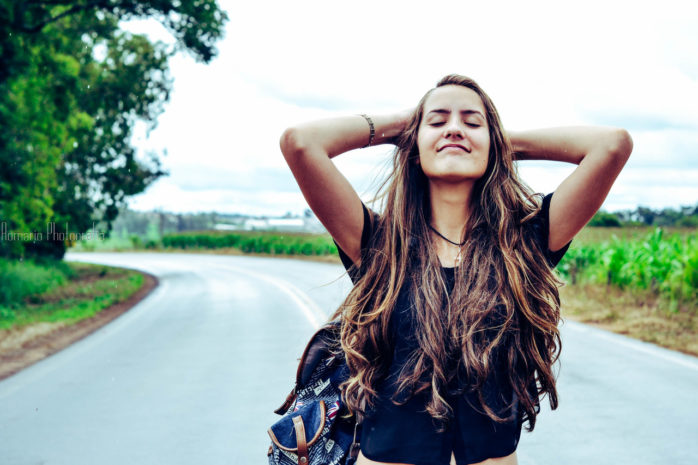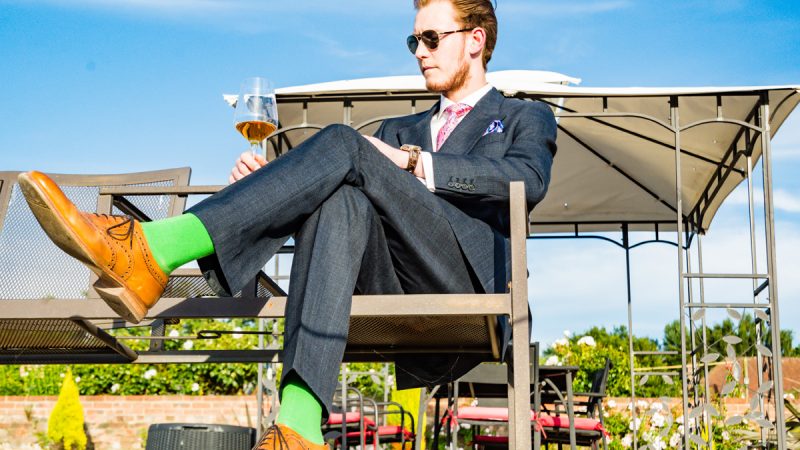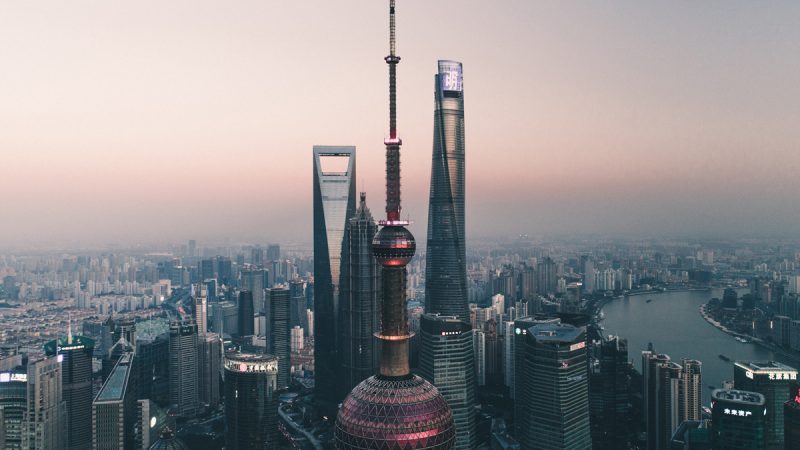Taking photos are best lifestyle to live

You may have seen a few picture takers remember themselves for this classification, yet just photo still life. Others center principally around family photographs and real to life cooperations.
You’ll see a great deal of adaptability with respect to what is actually characterized as “way of life” photography. Take Mark Delong’s portfolio (a way of life and big-name picture taker), for instance:
His work obscures the line between index photography, travel photography, and way of life photography. There is unquestionably a group of people out there looking for this style of photography, it could possibly not be what you consider when characterizing the classification.
For this article, we’ll characterize the way of life photography as catching individuals, spots, and things in real to life minutes. It must have a type of human association with it.
The significant part here is to be real and not organize anything you shoot.
Way of life Photography Camera Settings
While there are no particular settings to secure yourself in when shooting way of life photographs, the settings beneath will help kick you off (at that point, you can change from that point):
Shade Speed
On the off chance that you utilize a moderate screen speed, you’ll likely wind up with a foggy picture. That is the reason we suggest a quick shade speed, particularly in case you’re snapping pictures handheld.
Start with a shade speed between 1/125 to 1/200 of a second. Your screen speed will likewise rely upon the match up speed of any blaze lighting you are utilizing (many have constraints on how moderate or quick they can adjust). In case you’re attempting to catch a quick-moving subject (like an individual running or riding a bicycle) you may need to utilize a speedier screen speed (like 1/1000 of a second).
Gap (F-stop)
Your gap setting will rely upon the focal point you are utilizing and what should be in the center. In case you’re attempting to accomplish a foggy foundation, you will need to utilize a quick gap (ex. f1.2 to 2.8).
Moreover, if the lighting is a worry, a quick gap can enable you to catch a more brilliant picture (since a quick gap enables all the more light to get through the viewpoint)
In the event that you need a wide picture to stay in the center, you’ll have to utilize a moderate opening (ex. f8 to f11).
Test with various settings to locate the best outcome.
ISO
In a perfect world, you need to utilize the most reduced ISO setting conceivable. Be that as it may, when shooting in a dull domain or even on a shady day, you may need to knock up your ISO level to guarantee your picture is appropriately uncovered.
Expanding your ISO enables you to light up a picture yet doing so will add more glamor to your picture and debase the nature of the conclusive outcome.
A few cameras handle higher ISO levels superior to other people (ex. Less clamor in higher settings). As a harsh model, however, the picture beneath gives a superior take a gander at the lighting increment with each ISO setting just as the commotion included






